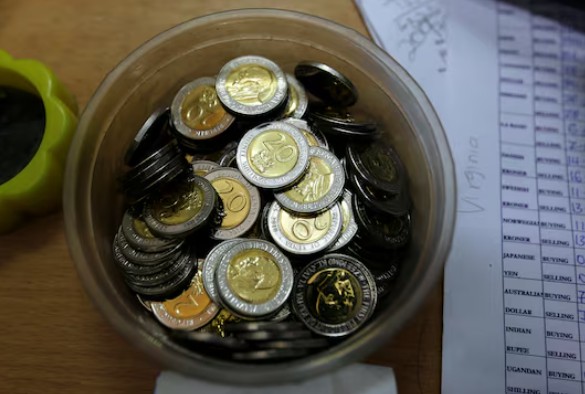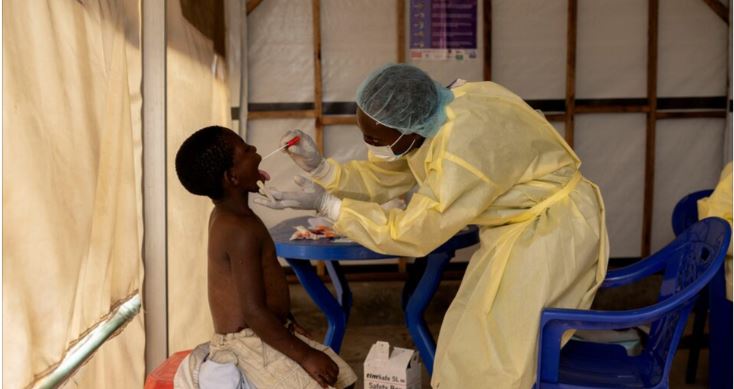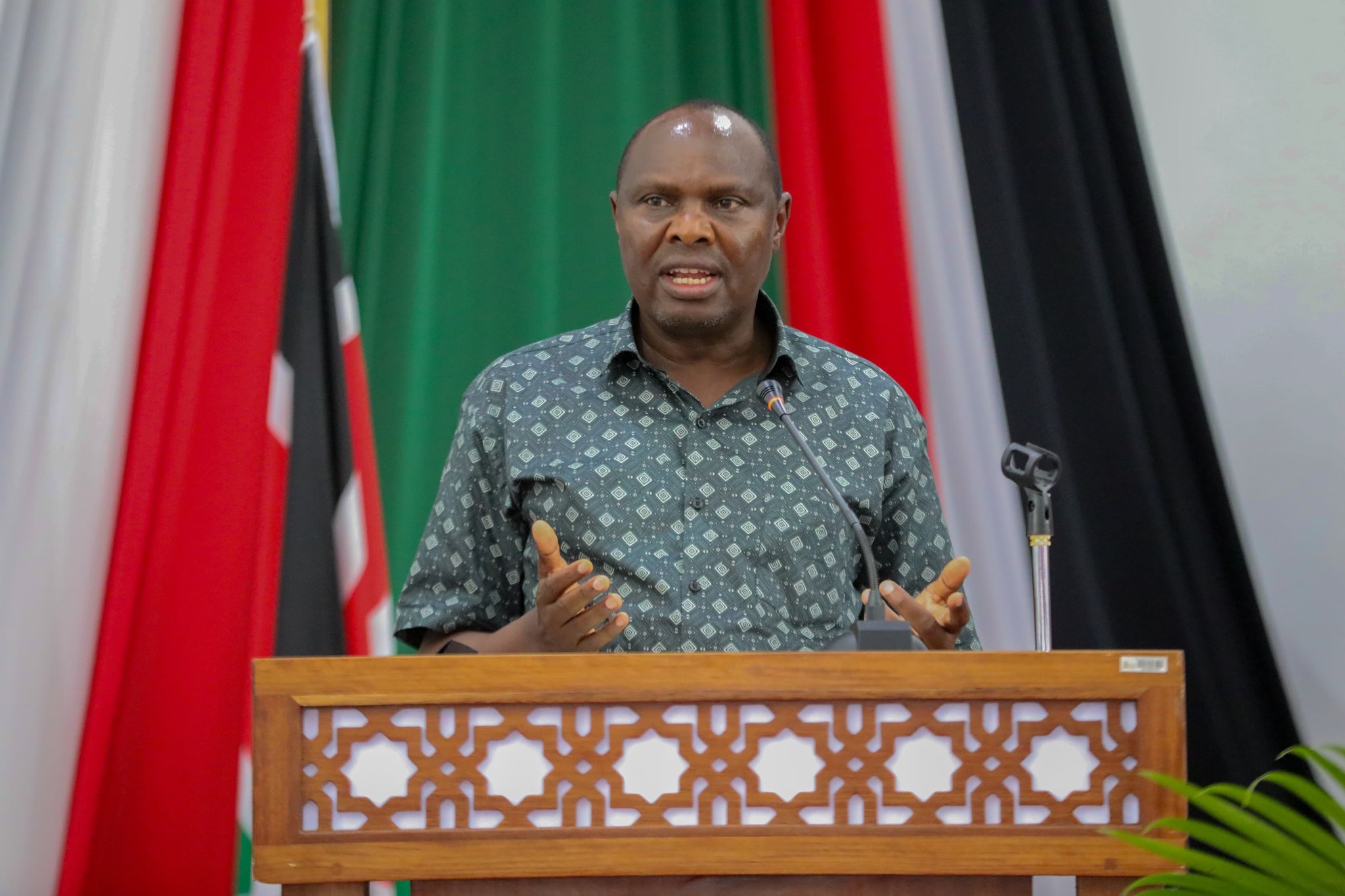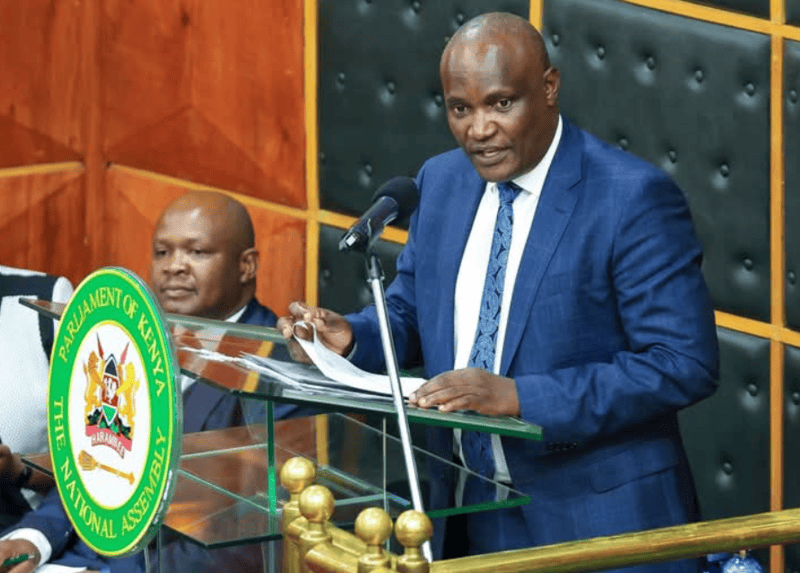Why Kenyans have to wait longer to feel real benefits of strengthening shilling

Inflation has now risen for six straight months, hitting 4.1 per cent in April, up from 2.7 per cent in October 2024, even as the Kenyan Shilling began appreciating in early February last year.
Despite recent gains in the country’s currency market, Kenyans are still grappling with the rising cost of living, a contradiction that begs the question of why a stronger shilling hasn’t effectively translated into lower prices.
This is the country remains a net importer, with most household commodities purchased in dollars by importers, underscoring the significance of the Shilling-Dollar exchange rate.
More To Read
Inflation has now risen for six straight months, hitting 4.1 per cent in April, up from 2.7 per cent in October 2024, even as the Kenyan Shilling began appreciating in early February last year.
Since it began strengthening against the dollar, the local currency has appreciated by about 32 unit values, representing a 20 per cent gain against the greenback.
Ideally, a stabilising local currency should ease inflationary pressures by making imports cheaper and stabilising commodity prices.
This is because when the Shilling is stronger, importers spend much less to purchase the dollars needed to bring in the goods.
However, that effect has been slow to materialise in Kenya, where the economy continues to feel the aftershocks of a prolonged period of shilling depreciation.
Experts’ analysis reveals that the delay is a textbook example of how global economic trends hit emerging markets differently, and more deeply.
A recent external sector assessment report by the International Monetary Fund (IMF) notes that economic contraction occasioned by the appreciating dollar in emerging economies such as Kenya is deeper and takes much longer to ease as compared to developed economies.
“Output in advanced economies recovers three quarters after the appreciation, while emerging market output remains depressed 10 quarters out,” the IMF said.
The lender adds that an appreciation of the US dollar index by 10 percentage points is associated with a decline in real output by about 1.9 per cent in emerging markets, two quarters after the initial appreciation.
In real-time, this implies that economies like Kenya’s typically take at least two and a half years for the full benefits of a strengthening currency to materialise.
Since the local currency began appreciating against the dollar in February of last year, it means the country will likely have to wait until mid-2026 before the complete advantages of a stronger shilling are felt in the broader economy.
The Kenyan shilling began its losing streak against the dollar in early 2020, imposing multiple economic shocks such as increased import costs, which meant further costly commodities for consumers.
It weakened to a historic low of 161 in January last year, on the back of an increased debt burden and diminishing foreign investor confidence.
Top Stories Today












































